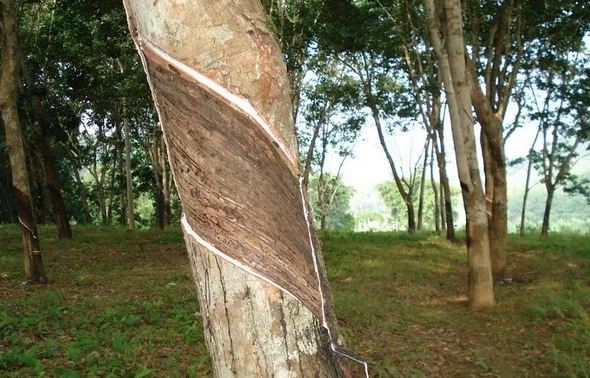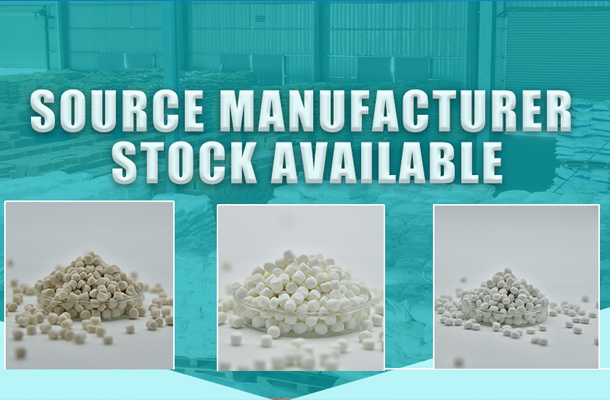Natural rubber is a flexible material extracted from natural plant sources, primarily derived from the rubber tree (Hevea brasiliensis). When the bark of the rubber tree is cut, it secretes a milky liquid known as latex. This latex, after collection, coagulation, and drying through various processing steps, is transformed into a solid material with elasticity and strength, which we refer to as natural rubber.
Main Component of natural rubber is cis-1,4-polyisoprene, a long-chain polymer that imparts the unique elasticity and resilience to rubber. Besides this primary component, natural rubber also contains small amounts of proteins, fatty acids, ash, and sugars, among other non-rubber substances.
Application Areas include:
- Transportation: Tires, particularly for automobiles, bicycles, and aircraft, dominate the usage of natural rubber. Additionally, rubber components in vehicles such as seals and vibration dampers.
- Industrial Manufacturing: Conveyor belts, drive belts, hoses, rubber sheets, and sealing rings are widely used in industries like chemicals, construction, and mining.
- Consumer Goods: Items like rain boots, rubber bands, hot water bottles, and rubber gloves.
- Healthcare: Products including surgical gloves, condoms, catheters, and blood pressure cuff sleeves.
- Electronics and Electrical: Utilized as insulation for wires and cables.
- Defense and Aerospace: Shock-absorbing parts and seals in aircraft, missiles, tanks, etc.
- Sports Equipment: Such as balls, running tracks, and padding in fitness equipment.
Owing to its excellent elasticity, durability, weather resistance, and processability, natural rubber is indispensable across numerous sectors.








